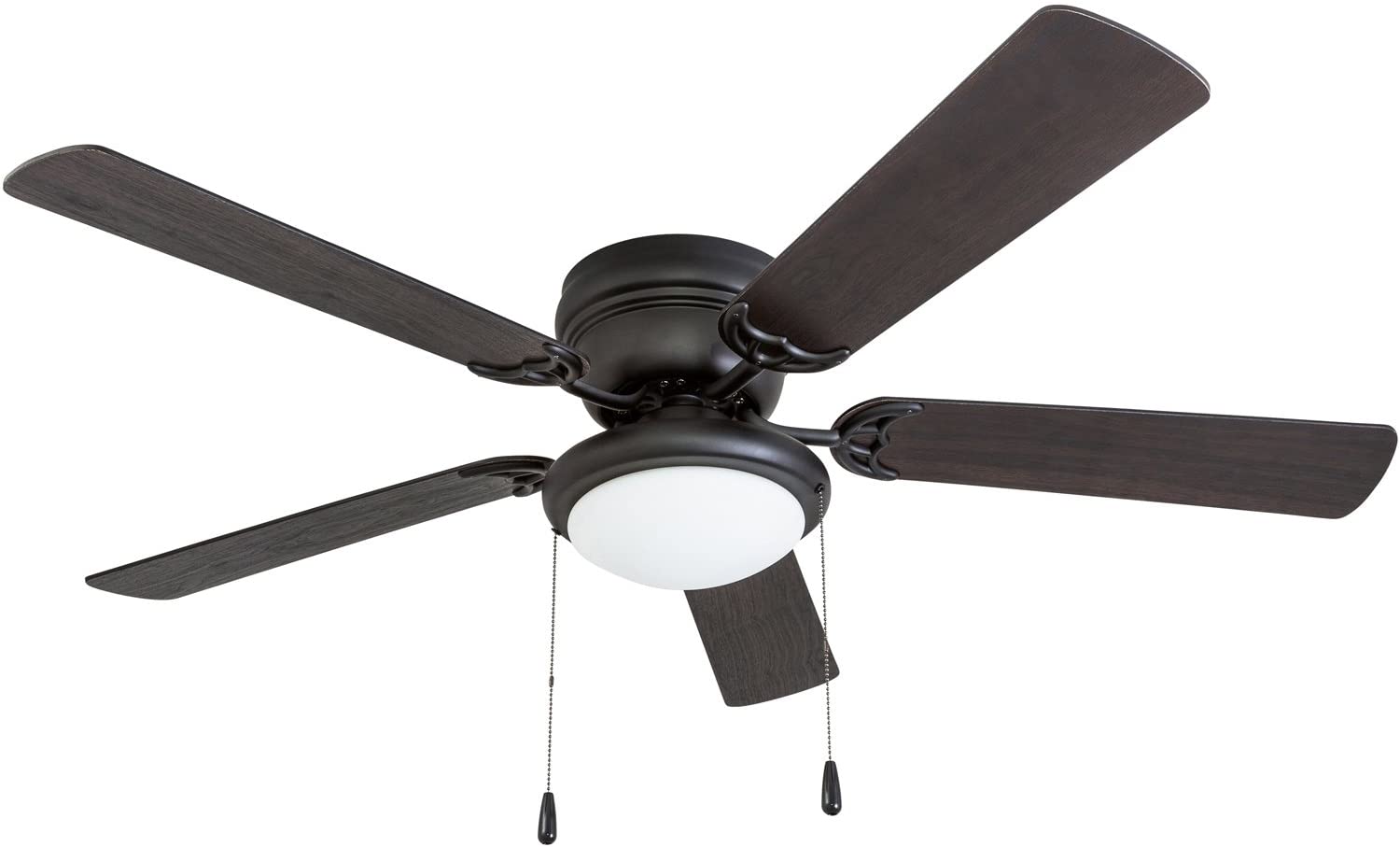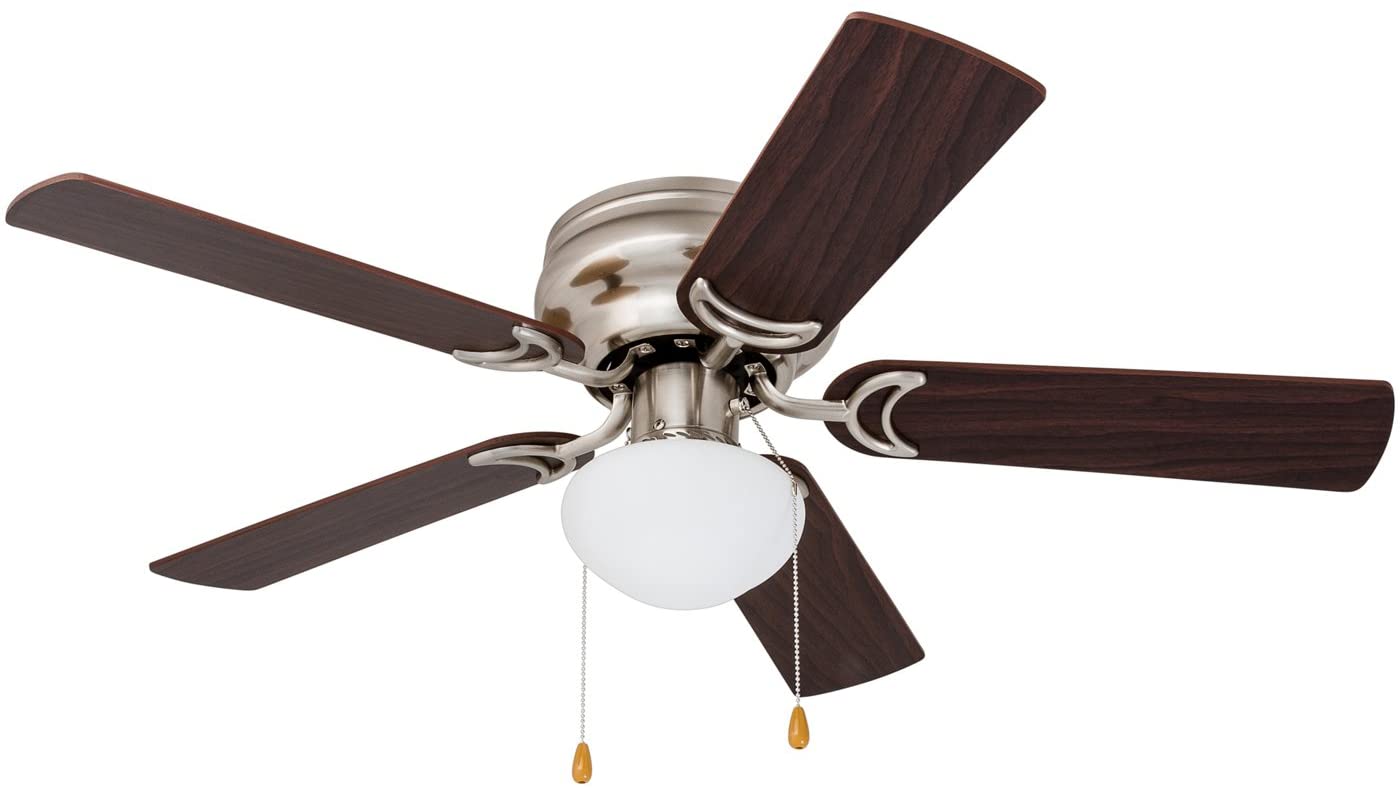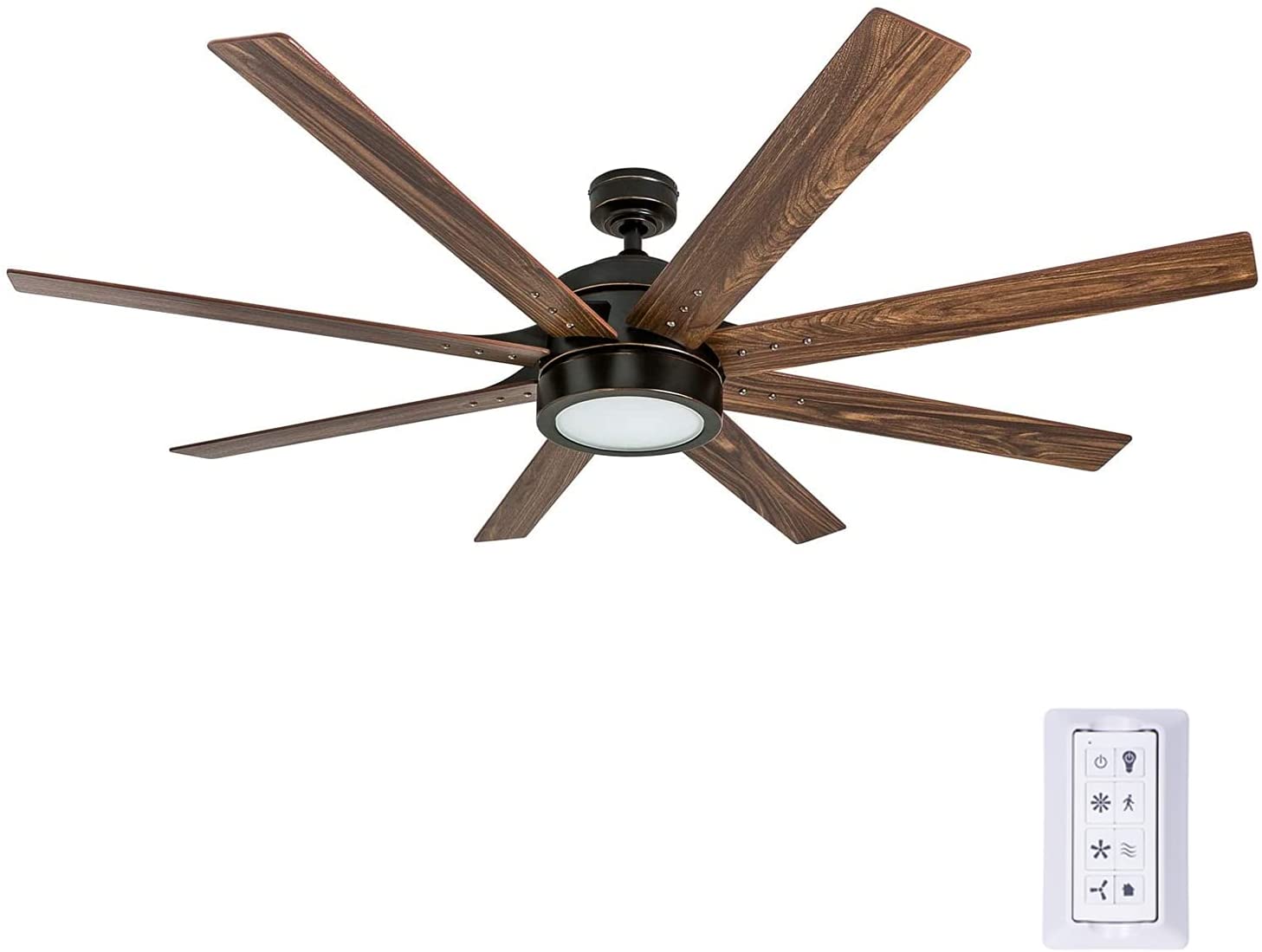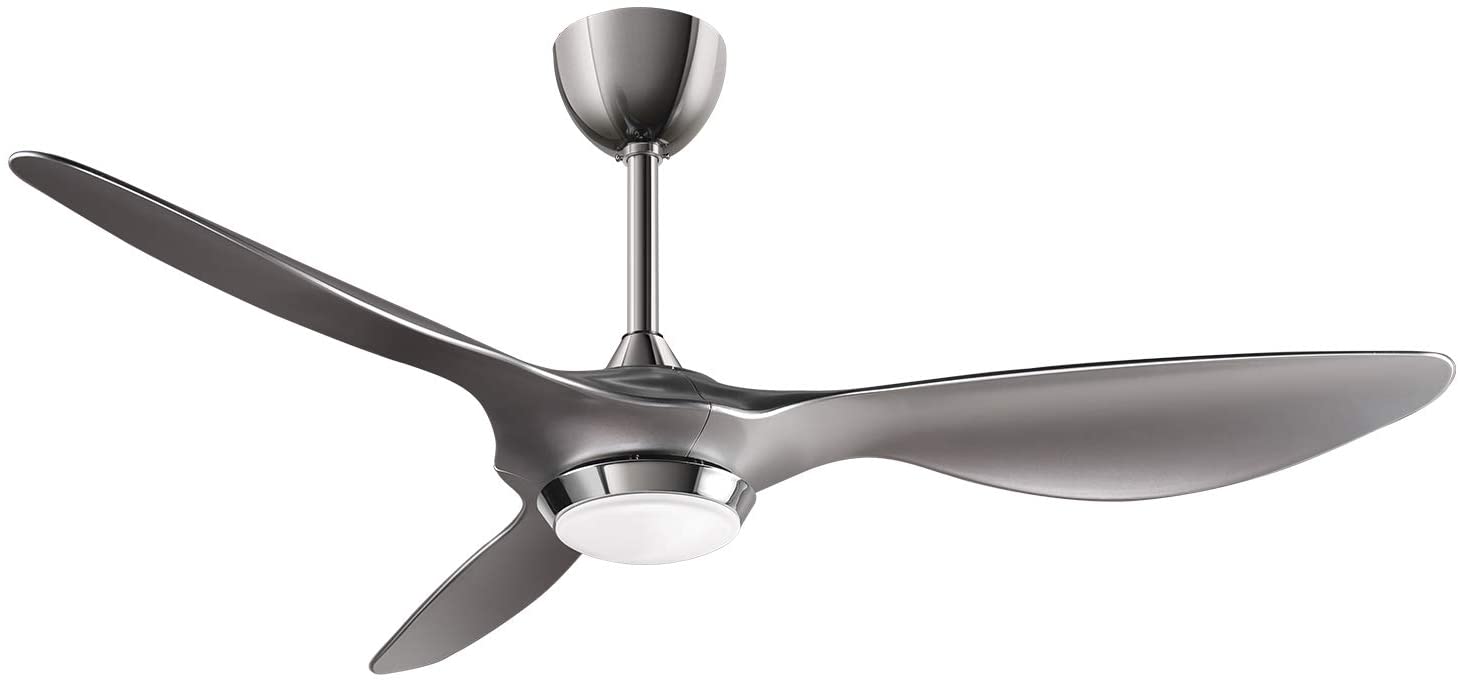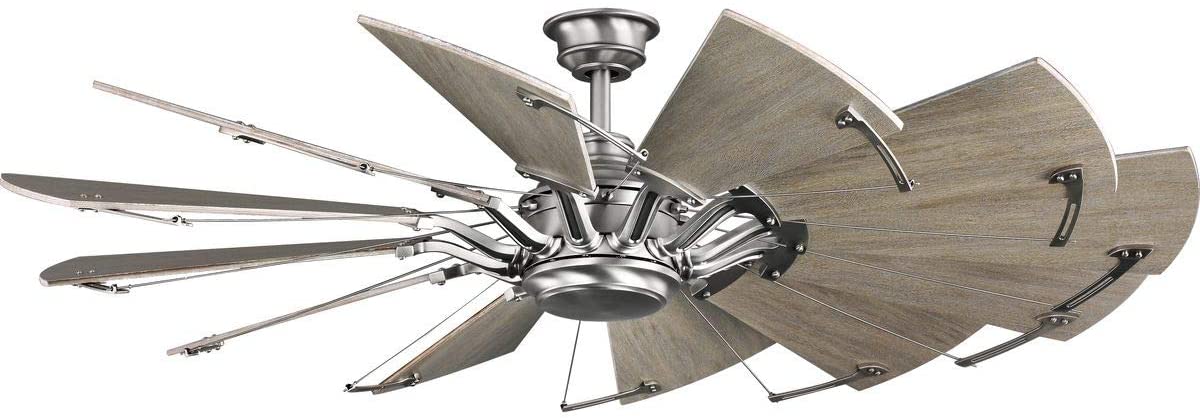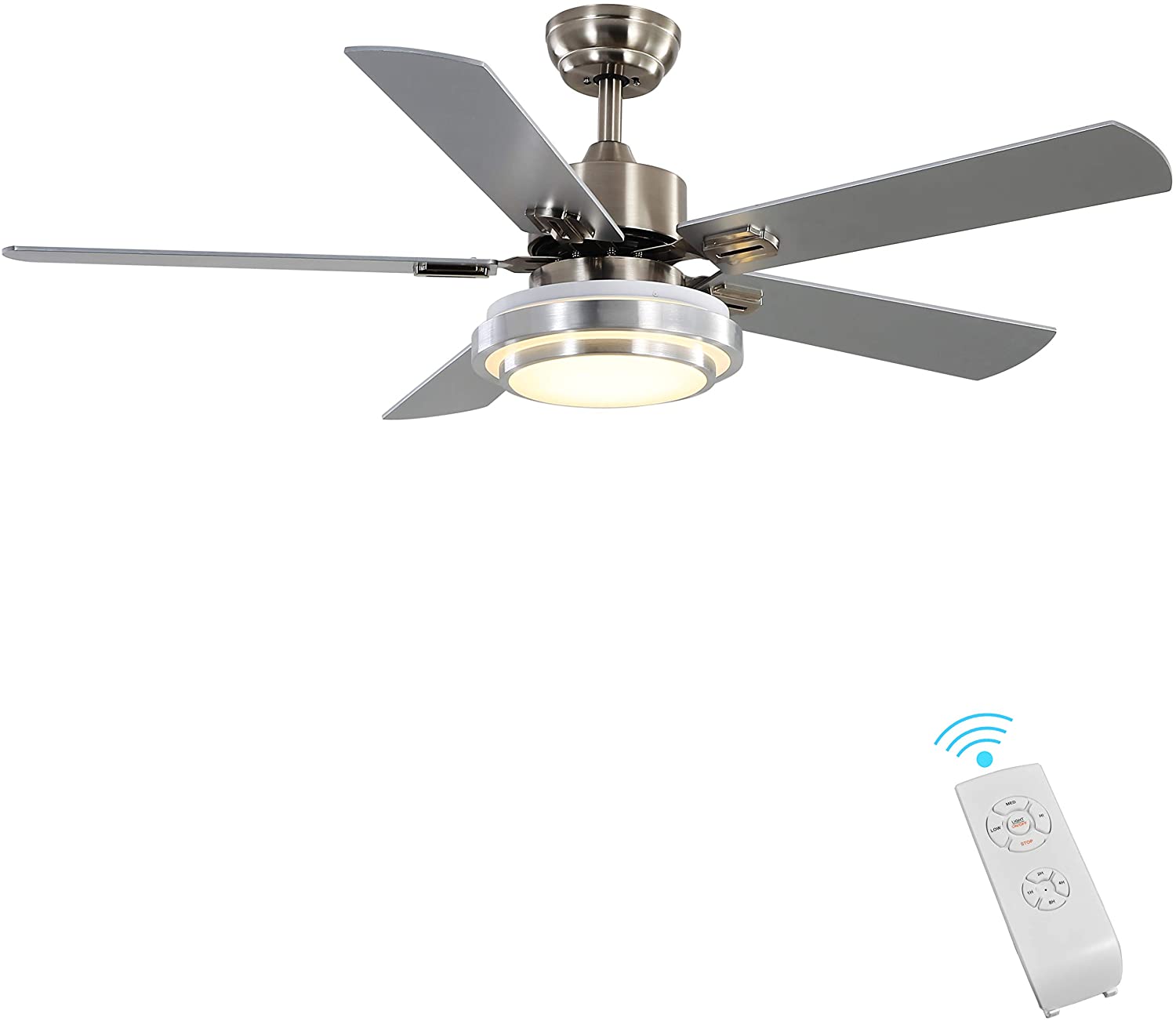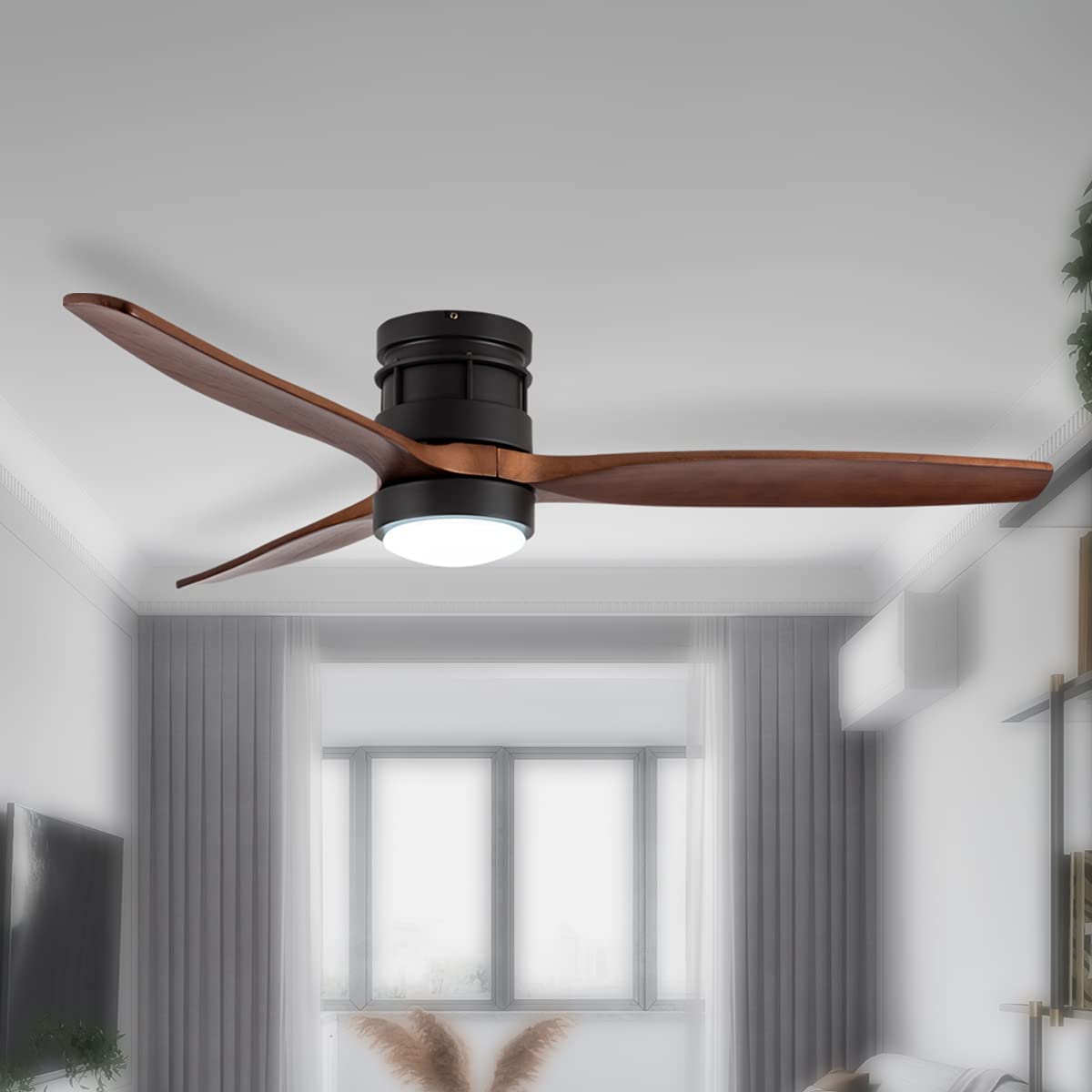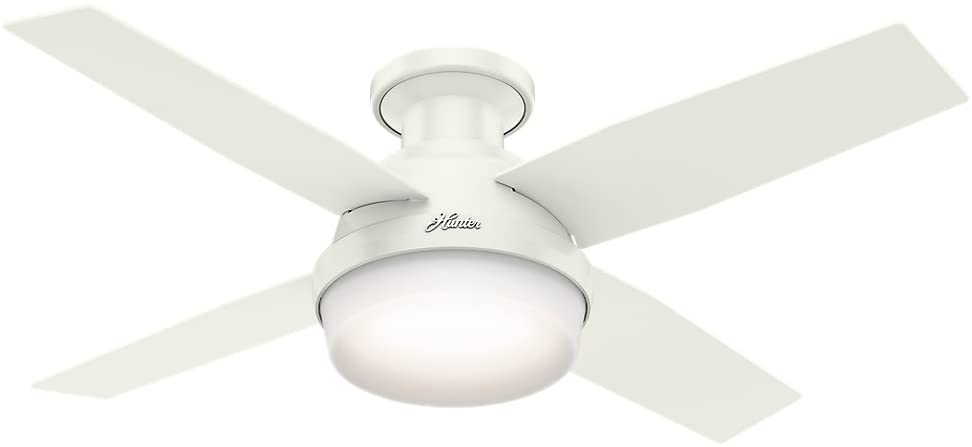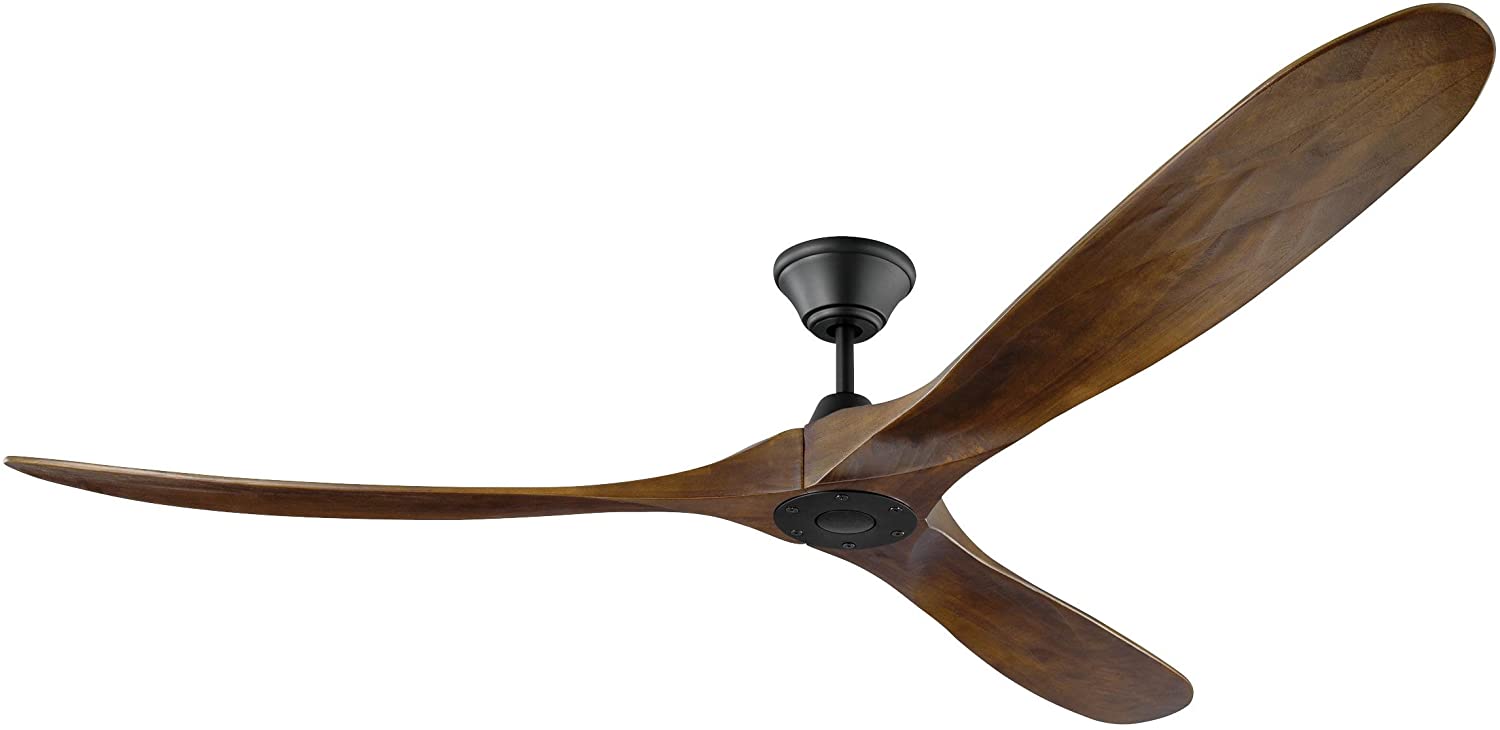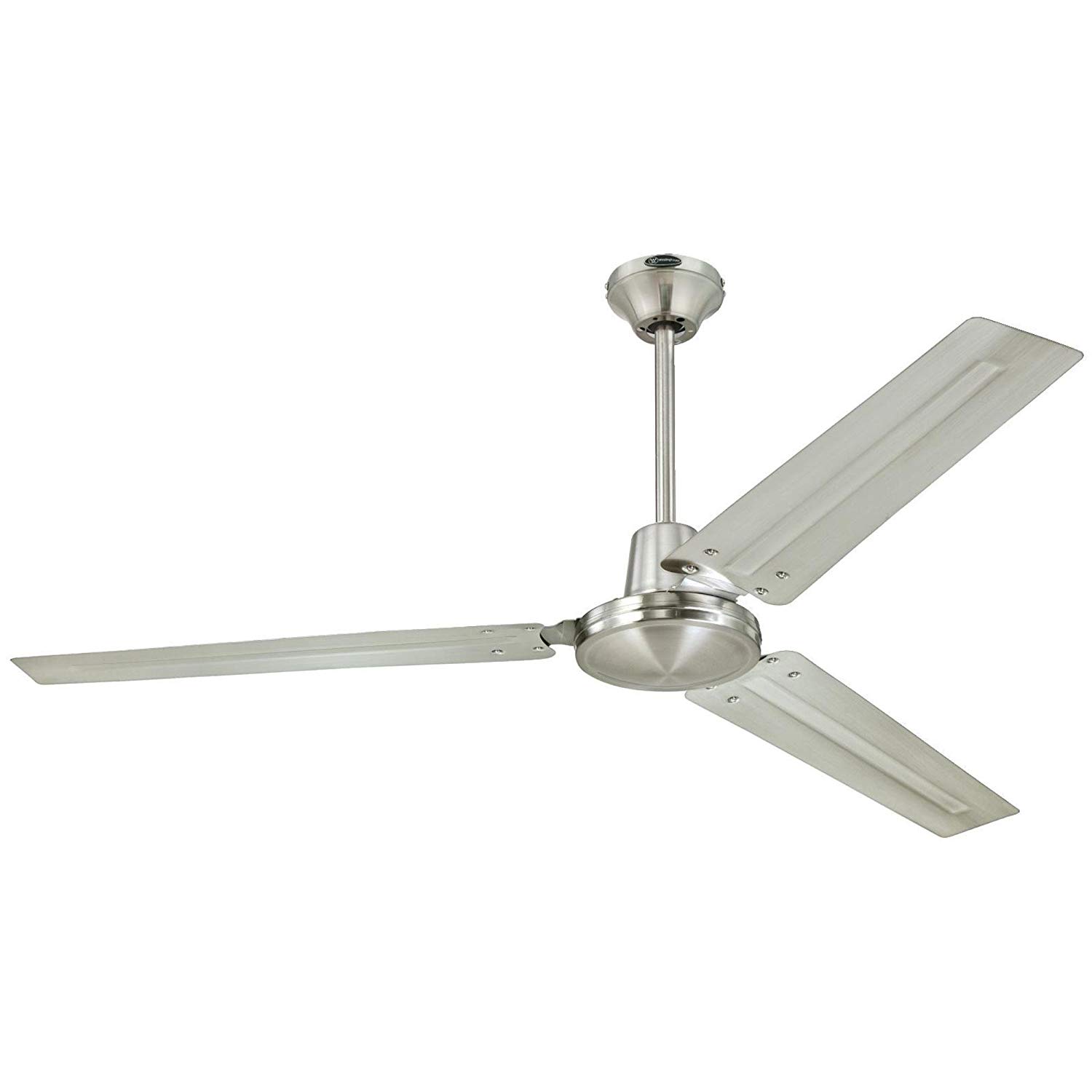Portage Bay 50251 Hugger Bowl-Light Ceiling Fan, 52-Inch
Last updated: May 30, 2022
We looked at the top Ceiling Fans and dug through the reviews from some of the most popular review sites. Through this analysis, we've determined the best Ceiling Fan you should buy.
Product Details
In our analysis of 36 expert reviews, the Portage Bay 50251 Hugger Bowl-Light Ceiling Fan, 52-Inch placed 6th when we looked at the top 10 products in the category. For the full ranking, see below.From The Manufacturer
Use this low-profile 52 in. Hugger ceiling Fan for flush-mount installations when ceiling height is of concern. Featuring reversible blades, the fan’s contemporary matte black finish is complemented by both the matte black blade finish and the Siberian Walnut blade finish. The Opal frosted dome light fixture provides illumination. With a high-performance motor for powerful, yet quiet operation and 52 in. Blades, this Fan is ideal for most interior rooms up to 20 ft. X 20 ft. Led bulbs included also compatible with CFL bulbs.
Expert Reviews
What reviewers liked
Mounts flush to the ceiling. Suits styles including traditional, rustic, and industrial. Measures 11.5 inches to apex of light fixture. Reversible 52-inch blades in black and walnut. Moves up to 4,797 cfm on high. Includes bulbs for lighting.
One of the best features of this fan is that it has a reversible motor, which means it has a reverse airflow feature that allows you to quickly change the direction of the fan for proper distribution of air during winter or summer, as per your convenience.
Dimmable light to 10%
It comes with reversible airflow mechanism
What reviewers didn't like
Does not offer a remote control. Pull cords only.
Included light bulb is very dim
View our Ceiling Fan buying guide for in-depth advice and recommendations.
